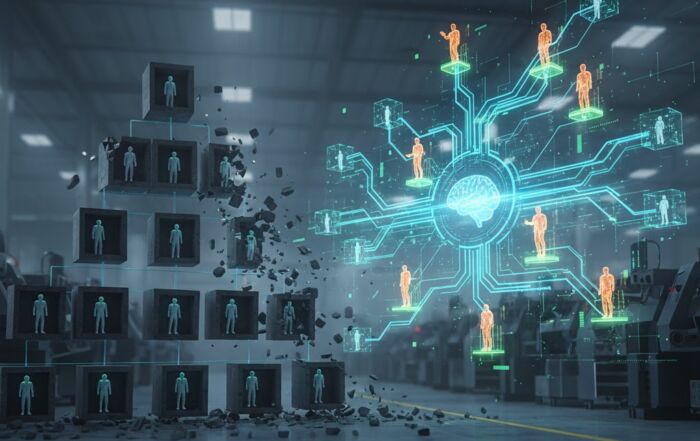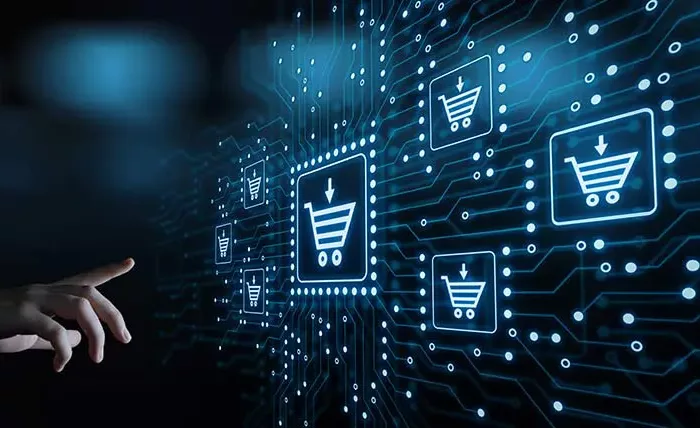Share
Author
Sam Bayer
Share
Using SAP to create B2B Microsites
A recent Puget Sound Business Journal news story entitled “Drugstore.com Launching New ‘Microsites’ to Drive Sales” inspired me to reflect on the significance of what we’re doing with Blount, Inc .
In particular, this is the quote that really set off the light bulbs in my head:
“These websites (microsites) are relatively inexpensive to set up and tap into
drugstore.com’s existing ecommerce and payments platform. Seattle
online retail giant Amazon.com has also employed this strategy with its
Endless.com shoe website, for example (Amazon owns 14 percent of
drugstore.com).”
By way of setting context, this Baseline article aptly characterizes Blount’s VP of IT, Barry Brunetto, as one tough cookie when it comes to setting and executing his corporation’s IT strategy and defending their assets. So when he sets the goal of rolling out our service to the US, France, Belgium, Germany, UK and Sweden before year end 2009, you know there is a good reason and that he means business!
The article summarizes that “Blount’s $515 million 2007 revenues place it
in the midmarket range, but its 13 international locations give its IT
operations the complexity of a major global enterprise.” It goes on to reveal that “…That’s why, in
2002, the company consolidated the systems of all its business units
onto a single-instance SAP R/3 and data warehouse implementation.”
So the common platform for products, prices, inventory, payments, shipments and business intelligence…everything you need for an efficient eCommerce business…was set in place. All that was left was for Blount to develop websites for each of their Distributors. Websites that would display local products of interest, in their local languages that could be administered by local personnel.
That’s where b2b2dot0, and our microsite capability, comes in.
Each of Blount’s Distributors is essentially governed by a Sales Org in SAP. Within that Sales Org, they define all of the standard relationships between products and sold-tos and the business rules that govern their purchase, shipment and payment. We map a website user to a Sales Org and once they’re in our site, we behave exactly as SAP is configured to behave in that area…including language, and all local configuration changes and customizations. We’ll call that a “microsite”.
So far, within the first month of our relationship with Blount, we put the US Distributor’s microsite into production. A pilot group has been using the system since the end of April with great results and next week we roll out to the rest of the US. To be fair, this didn’t include any order entry capability. In the US all orders are entered via EDI. We just provide post order entry tracking and document reprinting…including invoices…all in real time of course!
On May 7th we traveled to Europe to kick off the French microsite. This microsite would enable order entry for the thousands of Blount’s French Dealers. Earlier this week we ran our third Focus Group with the local French office and will turn it over to them for internal testing next week. We’re on track to roll out this second microsite to a pilot group of French Dealer’s by the end of June.
In support of these microsite roll-outs, we’ve beefed up our Security Model to allow for another layer in between the overall site adminstration and a distributed customer administrator. I’ll (or Adrian will) discuss this enhancement in another posting. Basically, we now allow for an administrator per microsite…as opposed to only one administrator for the entire service.
The experience of building these first two microsites is giving us the sense that we could get to the point where we can target a roll out rate of about one per month…including customizations, translations, testing and training. At least that seems like a reasonable goal. We’ll refine our estimations once we have another one of these under our belt.
No doubt having a single centralized instance of a well configured (and managed) SAP system is key to our success.
Sam
[want_more title=”Learn more” subtitle=”FREE Case study: 150% Sales Growth with Rich Content” description=”Learn how a leading flooring manufacturer more than doubled sales with a B2C-style catalog.” button_text=”Download Now” button_link=”/” button_class=”btn btn-primary mannington-ae” title2=”See it for yourself” subtitle2=”Talk to us” description2=”Curious what the Corevist Platform can do for you? Let us show you a personalized demo. You’ll see ecommerce with real-time SAP data.” button_text2=”Schedule Demo” button_link2=”https://www.corevist.com/demo/” button_class2=”demo-popup”]








